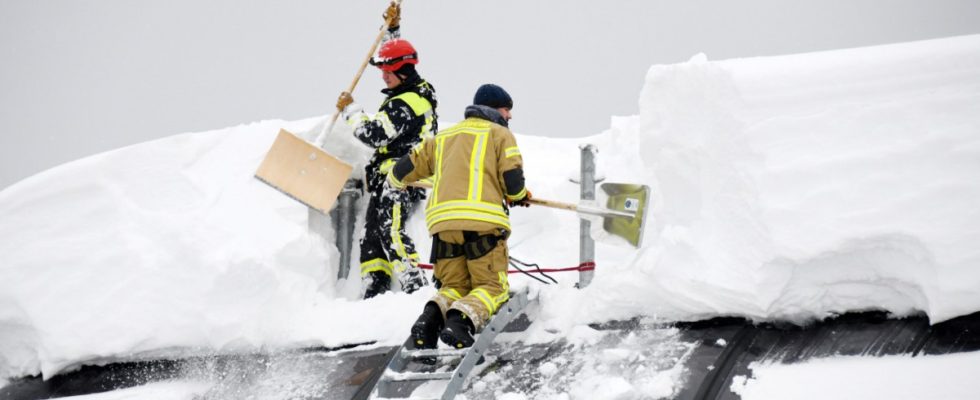Why are so many Danes now coming to Schönau am Königssee to ski on the Jenner? After all, back home in Denmark they have a few pistes themselves, with a total length of several hundred meters, most of which are protected from the weather in some kind of hall and are therefore ultimately safe from any natural snow. And on “CopenHill”, the sloping roof of a waste incineration plant in Copenhagen covered with green plastic mats, there is a 75-meter descent. Nevertheless, you can’t leave all the Danes hanging on the practically brand new Jennerbahn.
Their operating company no longer wants to make snow on all of the slopes on the Jenner because it means they are paying extra and they need the money much more urgently to pay off their new lift, which opened in 2019. It cost 57 million euros, but at least the 10.5 million in funding from the Free State does not have to be paid back. However, very few of the passengers now come to ski in winter, which is why the mountain railway no longer wants to pump as much money in the form of electricity and diesel into snow cannons and snow groomers. That’s why she only wants to make snow for the children’s area at the bottom, a lonely piste at the middle station and the new toboggan run, plus the German Ski Association’s training base, which she is committed to doing in the long term.
In the Berchtesgaden basin, things are already scratching the self-image as a kind of Watzmann of winter sports. And what should the Danes think? That’s what people ask themselves in the Schönau town hall. In addition to locals, Danes make up the majority of skiers on the steep and narrow slopes on the Jenner, and as such they would like to continue to welcome them to the Weissensee in Schönau and its hotels and holiday apartments. So the community is now funding the snow cannons for the valley run with 300,000 euros from its own funds – a multiple of the previous amount, but initially only for this season, after which the local hosts should contribute half of the subsidy. “I congratulate the community on being able to burn these 300,000 euros to maintain a municipal ski operation,” said a spokesman for the local Nature Conservation Association bitterly. That’s probably how it is with burning money to combat the climate crisis: often enough, it only ends up fueling it.

